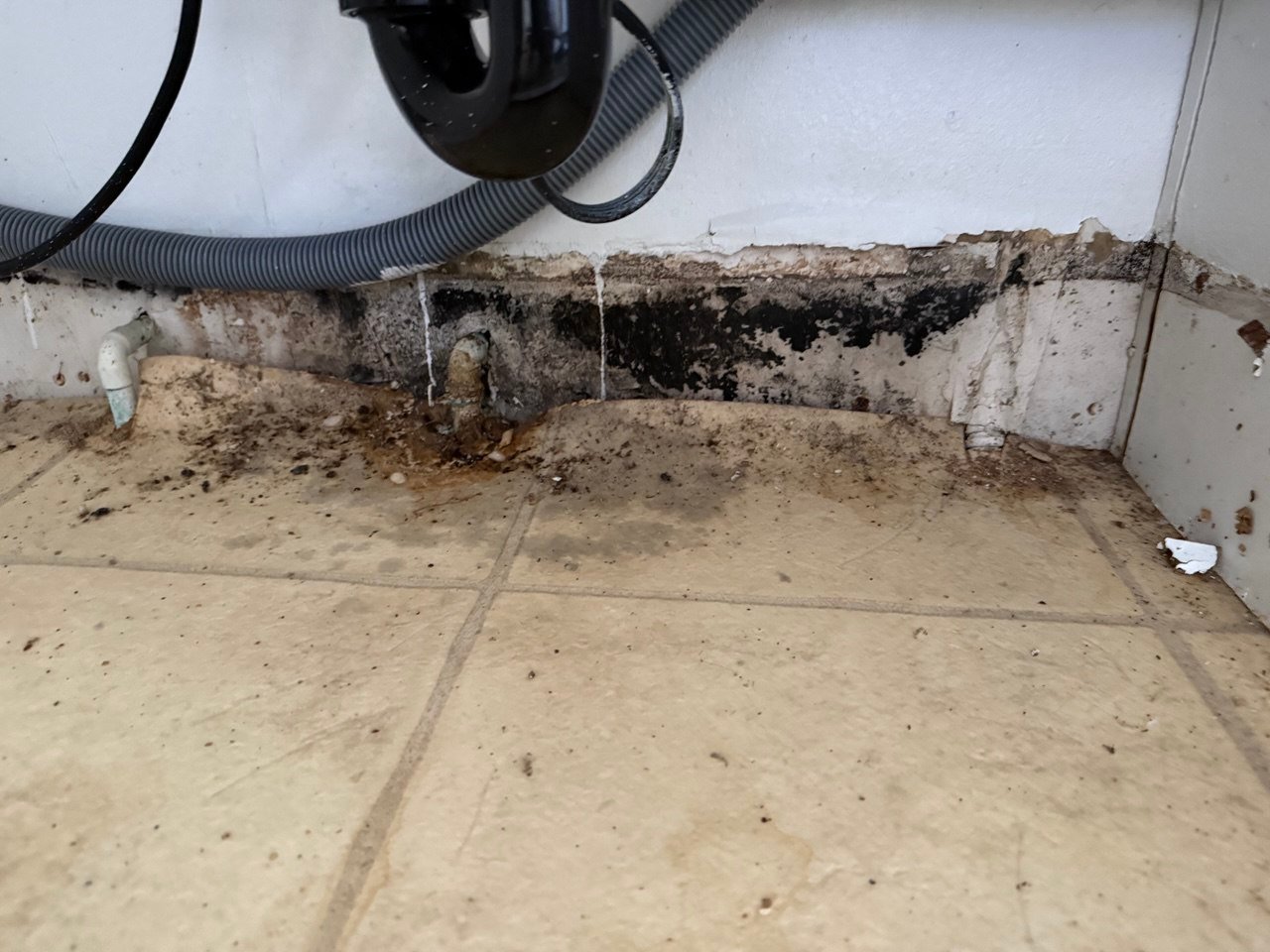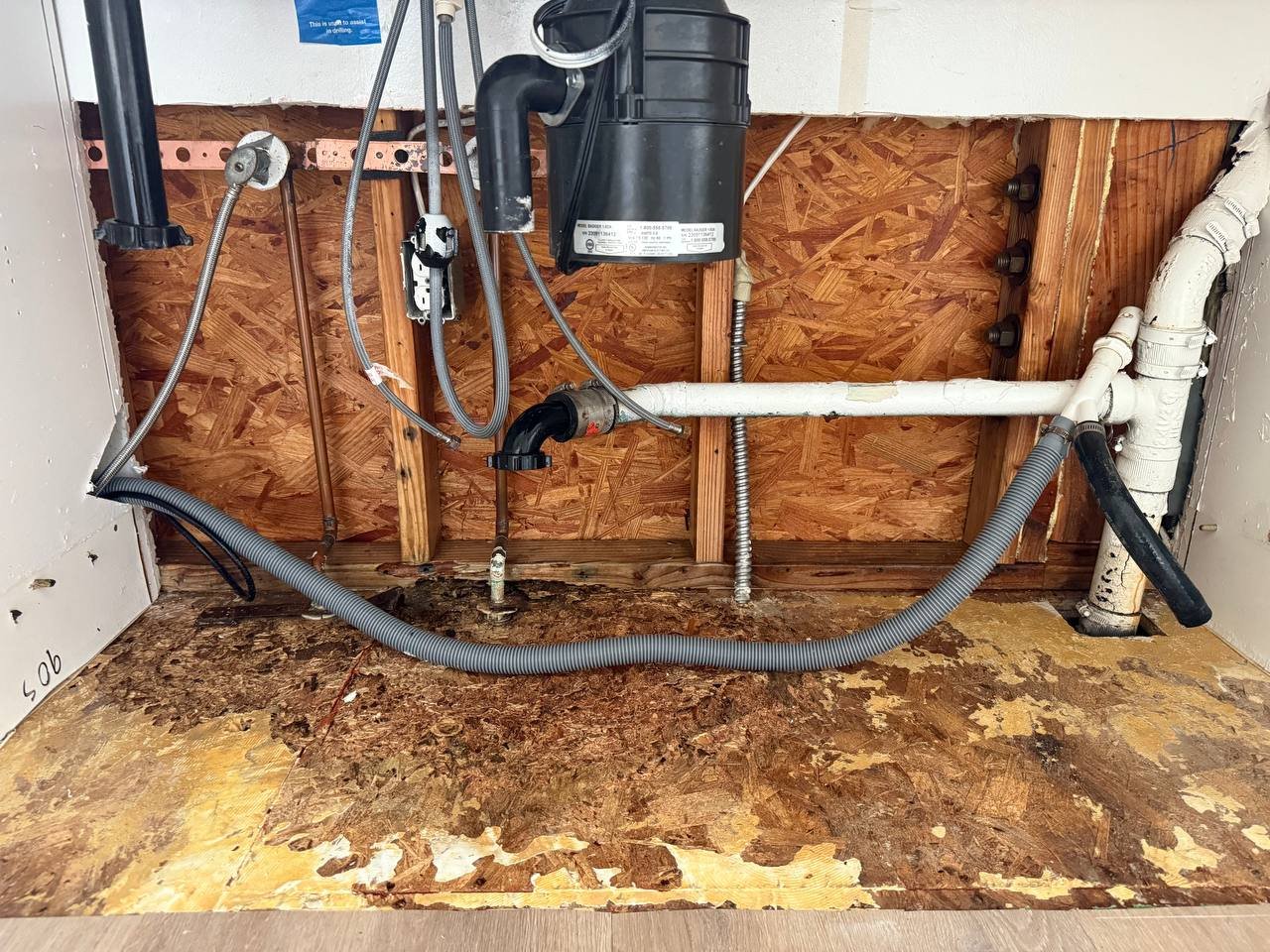Mold Remediation in West Hollywood, CA | Inspection, Removal, Prevention
West Hollywood mixes pre-war courtyard apartments, mid-century walk-ups, newer condos along the Design District, and hillside homes just above Sunset. Shared plumbing stacks, flat roofs with parapets, and compact utility closets make hidden moisture common. Onsite Pro Restoration delivers certified inspections, controlled removal, and prevention that fits WeHo buildings, HOA rules, and tenant needs.
Get Started
Service Form
Signs you may need mold remediation
Musty odor, spots, or recurring stains
Persistent musty air, speckled drywall, or stains that return after cleaning point to moisture inside cavities. Odor that worsens after showers or at night often signals trapped humidity.
Symptoms that ease outdoors
If cough, sinus irritation, or eye watering improve outside but return at home, hidden moisture or growth may be present.
After leaks, humidity spikes, or HVAC issues
Roof or deck intrusions, slow supply drips, stack failures between units, or clogged AC condensate lines keep porous materials damp long enough for mold to colonize.

Why mold happens in West Hollywood buildings
Flat roofs, decks, and parapet details
Many WeHo buildings use flat roofs and roof decks. Ponding at drains and penetrations lets water track under membranes. Parapet cracks and failed flashing wet insulation and ceiling drywall below.
Shared stacks and aging supply lines
Pre-war and mid-century properties around Fountain, Fairfax, and La Brea use galvanized or aging copper. Pinhole supply leaks and stack failures move water laterally and vertically between units and floors.
Window and stucco intrusions
Wind-driven rain exploits hairline stucco cracks and older windows. Moisture bypasses paper, wets sheathing, and shows weeks later as interior staining along lower walls and built-ins.
HVAC condensate and tight closets
Clogged condensate lines and pans overflow inside mechanical closets. Restricted vents hold humidity and fuel recurrent odor.
Bathrooms with weak or misdirected exhaust
Small baths without exterior venting trap steam. Moist air loads plaster and drywall, especially in interior units with limited airflow.

Our IICRC S520 mold remediation process
1) Inspection and moisture mapping
We locate the source and map wet materials with pin/pinless meters and thermal imaging. Scope aligns with IICRC S520. Sampling is used only when it changes scope, satisfies HOA or lender rules, or verifies clearance (PRV).
2) Source control
Mold returns if the source remains. We coordinate roof or membrane repair, plumbing fixes, window/stucco sealing, condensate service, and ventilation upgrades before or during remediation.
3) Containment and negative pressure
We isolate work zones with poly or rigid containment and zipper doors. HEPA-filtered negative air maintains pressure differentials so dust and spores do not migrate to halls or neighbor units. HVAC supplies/returns in the zone are sealed. Floors and paths are protected.
4) Removal of contaminated materials
Colonized drywall, wet insulation, and affected carpet pad are removed. Where plaster is sound with only superficial growth, we attempt cleaning. Delaminated or deeply colonized areas are removed. Framing is exposed where needed for cleaning and dry-down.
5) HEPA cleaning and detail work
We HEPA-vacuum, mechanically agitate, and detail clean all affected surfaces. Targeted antimicrobial supports cleaning. It never replaces source removal.
6) Controlled drying to targets
Commercial dehumidifiers and directed airflow bring materials to target moisture. We set baseline, daily, and clearance readings and do not close until targets are met.
7) Post-Remediation Verification (as needed)
For larger jobs, HOAs, or sensitive occupants, a third-party assessor performs PRV. Passing criteria include clean visuals, odor-free conditions, balanced air handling, and project-appropriate sampling.
8) Documentation and handover
You receive photos, containment layouts, moisture and equipment logs, and a line-item scope in Xactimate format. This reduces adjuster pushback and protects future disclosures.
Click Here
Specialty care for WeHo materials and assemblies
Plaster, lath, and historic trim
WeHo has many plaster interiors. Plaster holds moisture longer than drywall. We use lower-stress airflow, selective openings, and HEPA sanding. Historic casings and built-ins are protected and preserved where feasible.
Hardwood, engineered, and luxury vinyl
We stage dehumidification to limit cupping. Swollen engineered cores are documented for replacement. Luxury vinyl can trap water; we create relief paths and verify subfloor dry-down.
Tile and stone over mortar beds
We manage vapor to reduce efflorescence and staining. Non-destructive meters confirm drying beneath dense finishes. Relief points are planned only where assemblies trap water.
Cabinets and built-ins
Toe-kick removal improves airflow. If panels delaminate, we plan sectional removal and save doors and faces when possible.
Common-area protection
In elevators and corridors we stage equipment compactly, protect paths, and coordinate access windows to meet quiet hours and HOA policies.
West Hollywood scenarios we handle
Flat-roof intrusion near the Sunset Strip
A mid-century flat roof ponded at a drain during a winter storm. Ceiling insulation and ~240 sq ft of drywall were wet above a living room. We set room containment, sealed registers, removed saturated insulation and limited drywall, cleaned framing, and dried to targets. Odor cleared by day two. Roofing corrected the penetration detail.
Stack leak in a courtyard apartment off Fountain
A cracked fitting in a shared plumbing chase wet two bathrooms on different floors. We built separate containments per unit, coordinated access with the manager, and maintained unit-specific logs. Controlled removal and cavity drying prevented spread to adjacent walls. The carrier approved both claims using our shared documentation set.
Bath with recurring spots in a La Brea condo
A small interior bath had no exterior exhaust. Recurrent ceiling spots followed daily showers. We remediated, dried the assembly, and specified an exterior-vented fan with humidity control. Recurrence stopped.
We serve West Hollywood West, Norma Triangle, the Design District, West Hollywood East, and adjacent neighborhoods along Fairfax, La Brea, Sunset, and Santa Monica Blvd. Dispatch is 24/7.
Health and safety
Negative pressure keeps contaminants inside containment.
PPE and controlled waste handling limit exposure.
Lead/asbestos rules are followed for pre-1978 materials before disturbance.
No “fog-only” shortcuts. Established growth requires source removal.
Insurance support
Xactimate estimates aligned with carrier formats.
Evidence package with photos, moisture logs, and scope notes.
Direct adjuster communication to reduce re-inspections and delays.
Policies often cap mold coverage but may support the sudden and accidental water loss that caused it. Our documentation ties cause, extent, and dry-down to policy terms.
Cost factors (typical ranges, not a quote)
Pricing varies with size, materials, access, HOA constraints, and verification needs:
Containment and protection: $150–$600 per chamber.
Selective demolition: drywall removal/haul-off $2.50–$5.50 per sq ft; wet insulation removal $1.50–$3.50 per sq ft; baseboard/toe-kick remove/replace $6–$12 per linear ft.
HEPA negative-air (per day): $95–$165 per machine.
Air movers / dehumidifiers (per day): $25–$45 and $75–$125.
Detail cleaning + antimicrobial: $0.20–$0.50 per sq ft treated.
PRV by third party (if used): billed by the assessor and lab.
We explain what is necessary and what is optional. You see the line items and the readings that support them.
Timeline
Inspection and scope: same day.
Containment, removal, initial cleaning: 1–2 days for a bath or closet; longer for multi-room or multi-unit events.
Drying and PRV: typically 2–4 additional days depending on materials and humidity.
Rebuild: after moisture targets and, if used, PRV pass. Typical scopes: drywall/texture, insulation, paint, trim.
Prevention after remediation
Roof and deck membranes: clear drains and scuppers; inspect seams and penetrations before storms.
Plumbing: replace aging angle stops and supply lines; install pressure regulation if PSI is high.
Windows and stucco: seal cracks, maintain flashing, and check sills after wind-driven rain.
Ventilation: vent baths and laundry to exterior; add humidity-sensing controls.
HVAC: service condensate drains and pans; add float switches and leak alarms.
Indoor RH control: hold ~40–50%; use portable dehumidifiers in interior units.
Verification: after any leak, confirm target moisture before closing walls or refinishing floors.
We serve West Hollywood West, Norma Triangle, the Design District, West Hollywood East, and adjacent neighborhoods along Fairfax, La Brea, Sunset, and Santa Monica Blvd. Dispatch is 24/7.
Explore More Restoration Services in West Hollywood
West Hollywood Sewer Damage Cleanup
Biohazard and sewer cleanup services.
West Hollywood Fire Damage Restoration
Complete fire and smoke restoration.
West Hollywood Emergency Water Damage
Rapid water extraction and drying.
West Hollywood Hub Page
Explore all restoration services in West Hollywood.
